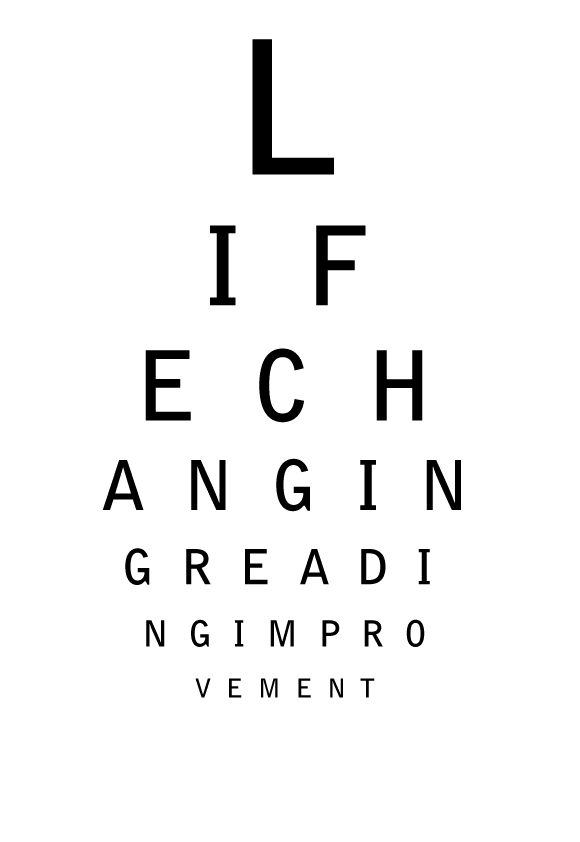
Colorimetry
SO WHAT IS COLORIMETRY?
‘Intuitive Colorimetry’ is a specialised clinical test that we offer to determine if a patient benefitting from the use of colour overlays would benefit from using precision tinted lenses.
If the results are positive, the test indicates the ideal tint. The colour and depth of the tint required is individual for everyone.
It is always recommended to have an eye examination first, followed by a colour overlay assessment which in most cases is recommended by schools. The optometrist may then recommend whether colorimetry is likely to be of benefit only after reviewing the progress made with colour overlays.
If you choose to proceed with a colorimetry test, then the optometrist will review the results of the test with each individual.
WHO COULD BENEFIT FROM COLORIMETRY?
DYSLEXIA
Dyslexia has a multifactorial aetiology. There is strong evidence that a major causal factor in dyslexia is a deficit of phonological awareness, which is not amenable to optometric treatment. However, some dyslexic individuals have co-occurring visual problems which may be managed by the optometrist.
It is believed that up to 20% of dyslexic people might also suffer with visual stress symptoms which may be helped using colour overlays or tinted lenses.
VISUAL STRESS
Visual stress is a term used to describe visual discomfort and perceptual distortions in printed text and is suffered by some people who struggle to read. Symptoms can be experienced in varying degrees from simple fatigue to difficulties when looking at text.
Symptoms may include:
- Movement of printed text
- Blurring of print
- Letters changing in size or shape.
- Patterns in the print (sometimes described as rivers or worms)
- Halos of colour surrounding letters or words
- Tiring easily whilst reading
- Headaches or visual discomfort
Some individuals who find reading tiring and unpleasant may unknowingly experience Visual Stress.
AUTISM SPECTRUM DISORDER
Initial research has shown that the use of a precision colour can, in some cases, reduce visual stress symptoms for individuals diagnosed with autism spectrum disorders. This research is ongoing and is presently clinically unsupported.
MIGRAINE
Migraines have many triggers, and some may be visually induced by flickering light or patterns. Some patients may be photophobic during a migraine.
Precision tinted lenses may help to prevent migraines or reduce symptoms for some individuals. More often they enable patients to continue their daily activities and to better cope in uncomfortable environments.
